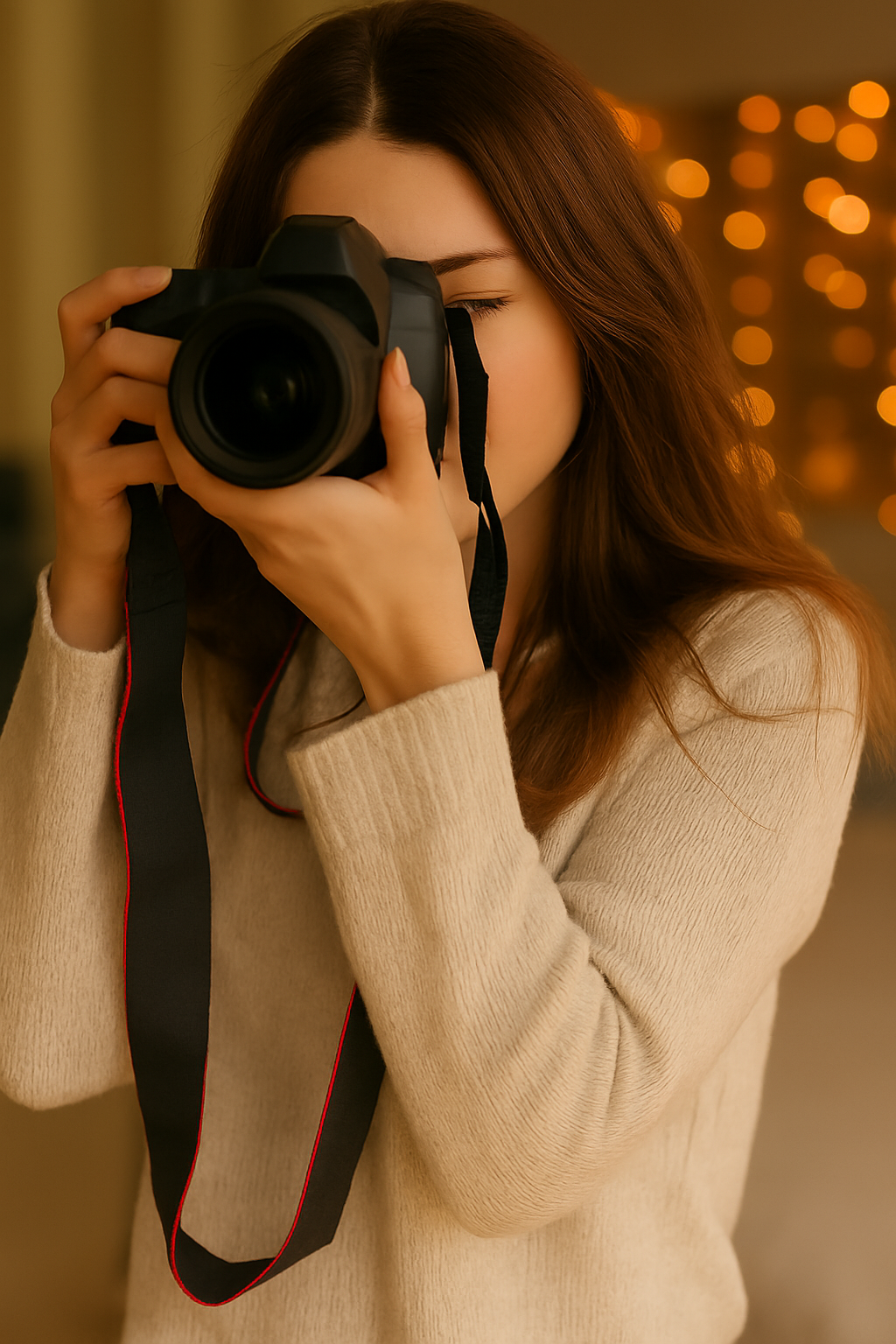Previsualisation is a technique where a photographer visualises or sees the final image in their mind before taking a photograph. It is a difficult skill to master but can be extremely valuable as it allows for greater control over the print process.
Your photographic journey probably started with a trendy new digital camera and a lot of trial and error. As your knowledge and experience progressed, you probably found yourself thinking that certain scenes had potential and that you might return to them to take a photo. While you might not have been aware of it at the time, this was the first phase of previsualisation.
It's not only gifted or professional photographers who can take advantage of previsualisation – by consciously thinking about your images, you too can improve and master the skill. Here are some tips to help:
- Do your research – it's rare to go anywhere that hasn't been photographed, so always try to research what already exists. By researching, you can get a sense of how you may be able to create something unique. When viewing other images, think about how you could change the lighting, composition or even how the image is cropped.
- Sketch/mood board – this is a great way to get you thinking about potential photo ideas, composition and lighting.
- What is your message? – thinking about the message or the story you want to portray is vital and can help you to previsualise your images. While at your location or researching a potential photograph, always be aware of the message you want to deliver.
- Look and wait – adding or removing elements from a scene can raise its quality from good to great. These elements could be points of interest, lighting or simply a different time of the day. When at your location, look and critique what you see. How can the scene be improved? Do you need a wide angle lens? Perhaps it would look better with a different perspective? Are there any leading lines? Train your eye to see photographically, even without a camera. Observe and think about what's in front of you. Will the light be low? What depth of field will make this shot work? It is then a matter of having patience, a waiting game, or returning another time or day when the elements are right to capture that photograph.
- The final image – keep in mind the final destination of the image (e.g. a magazine, private client or newspaper). This will help you to be more critical but also to think about the technical elements, such as orientation and crop.
Previsualisation is a mixture of spontaneity and planning. If you keep practicing every time you pick up your camera, you will quickly develop your previsualisation skills. For more information on previsualisation, I highly recommend checking out the work of Ansel Adams and Edward Weston – two renowned photographers who championed the previsualisation process.

